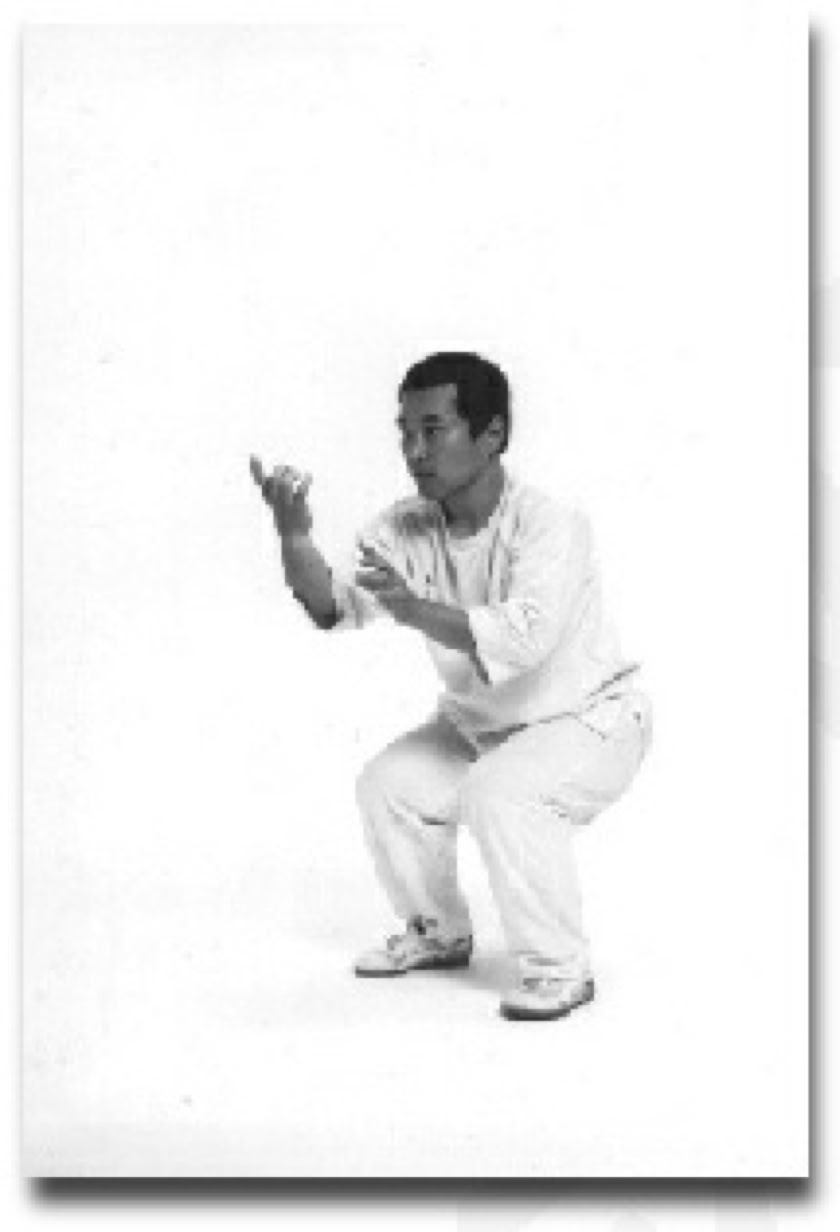
Internal Martial Arts
the
TAIKIKEN
pages
Pure is he who does not seek power and wealth. Purer is he who is associated with power and wealth but uncorrupted.
High is he who does not know how to play tricks. Higher is he who understands tricks but refuses to use them.
2026




Discover the life and teachings of Yoshimichi Sato, chief representative of Taikiken. Learn about his journey from Kyokushin to Tai ki kenpo and his dedication to the art.
Imagine stepping into a Tokyo dojo in the late 1960s, the scent of fresh tatami and the echoes of controlled breathing lingering in the air. There, amidst a generation of formidable fighters under the watchful eye of Kyokushin karate legend Mas Oyama, stood a young man who would one day carry forward a lesser-known but deeply powerful martial tradition. That man was Yoshimichi Sato.
Before his name became synonymous with Taikiken, Sato was forging himself in the furnace of Mas Oyama’s Honbu Dojo, honing his Kyokushin chops as one of the school’s senior instructors. It was there he first encountered Kenichi Sawai, the mastermind behind Taikiken’s fusion of Chinese wushu principles, Yi-chuan internal training methods, and the raw, elemental power of Japanese budo. For Sato, this introduction was nothing short of an epiphany—he had found the next step on his lifelong journey through the martial arts.
By the early 1970s, Sato was training under Sawai sensei’s guidance at the famed Meiji Jingu sessions, immersing himself in the essence of Tai ki kenpo. Not long after, an extraordinary opportunity beckoned—one that would export his knowledge far beyond Japan’s shores. Responding to Jan Kallenbach’s invitation, Sato spent a year in Europe, tirelessly sharing the subtleties of Taikiken’s structure, technique, and philosophy. As Sato refined and spread the art, his stature continued to grow. He would later contribute to Sawai sensei’s groundbreaking 1976 English-language book, “Taikiken: The Essence of Kung Fu,” solidifying his role as both practitioner and ambassador.
When Sawai sensei passed away in 1988, there was only one true successor to carry the torch. Yoshimichi Sato, who not only had the blessing of his late teacher but had become part of his family through marriage to Sawai’s daughter, assumed the mantle of chief representative of Taikiken. Outside the dojo, Sato worked as an English teacher, blending the discipline of the martial world with the patience and empathy of the classroom. It’s a balance that has fueled his devotion for decades: teaching, writing—his own book “Master Kenichi Sawai: The Divine Fist”—and living the principles that define this uniquely powerful martial art.
Today, based in Yuki, Ibaraki-ken, Kyoshi Yoshimichi Sato remains as committed as ever. Just as a champion athlete preserves the legacy of a storied franchise, Sato has dedicated his life to keeping alive the spirit, structure, and substance of Taikiken. He trains, he teaches, and he reminds us that the heart of a martial art is not just in its ancient roots or prestigious lineages, but in the quiet, unyielding dedication of those who carry its tradition forward.





